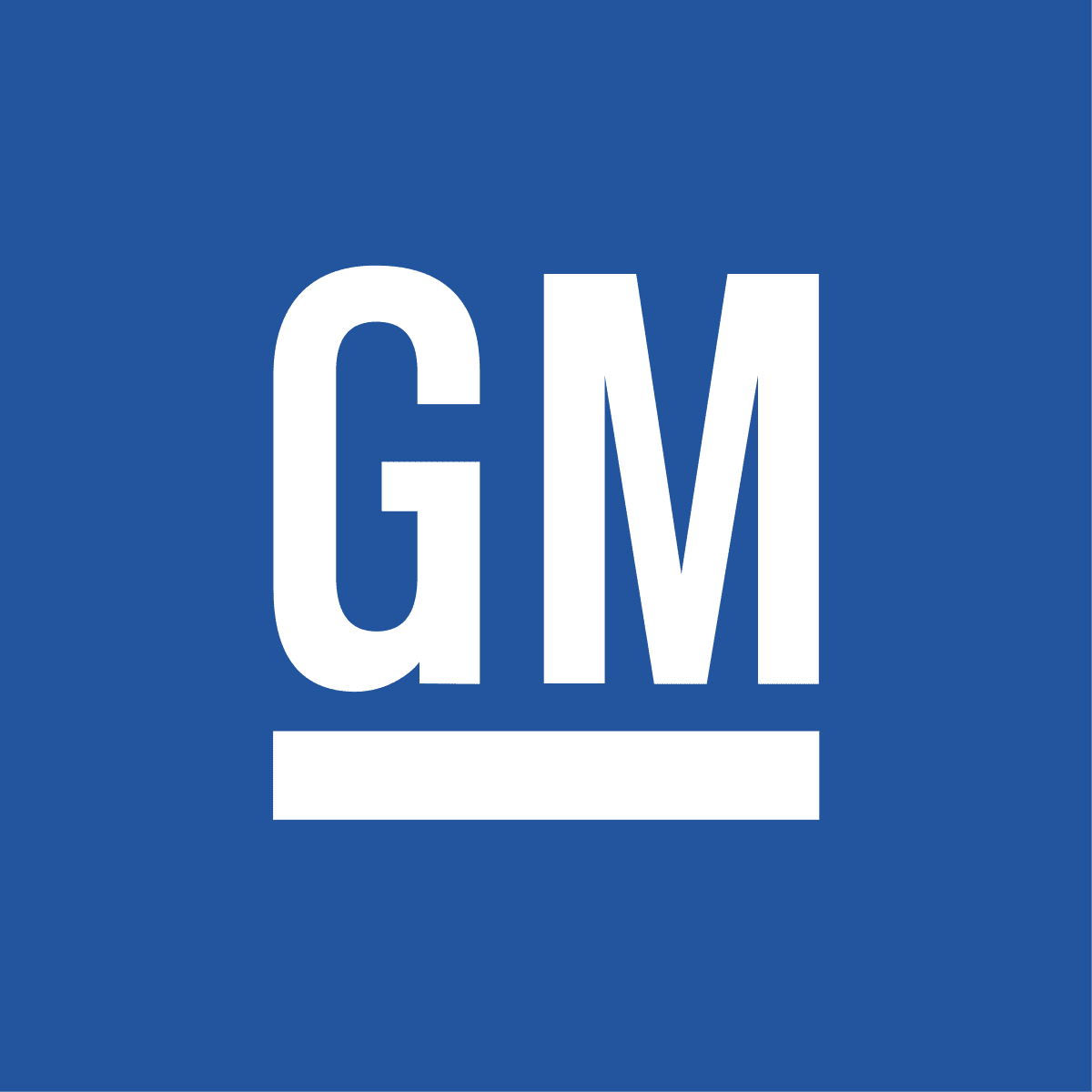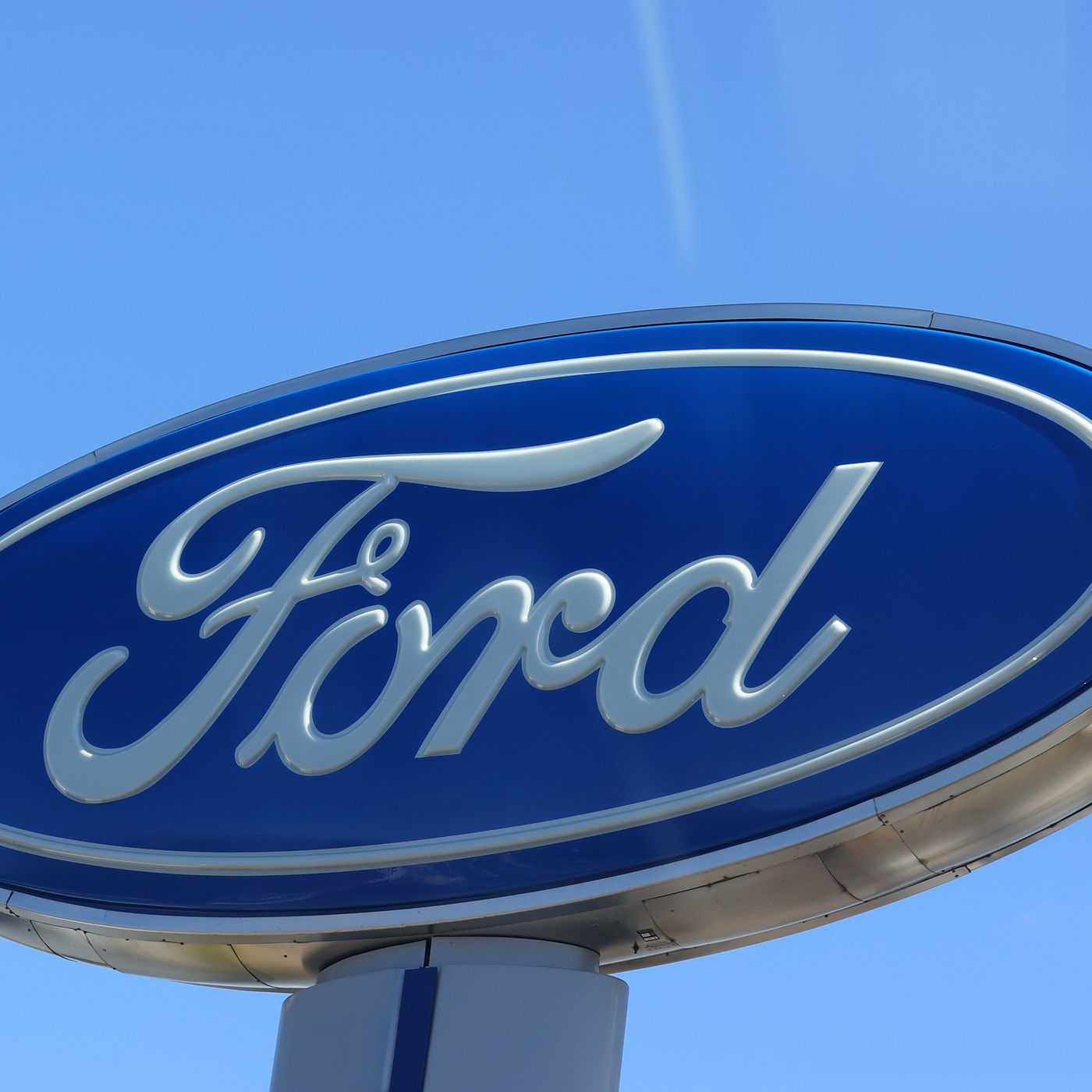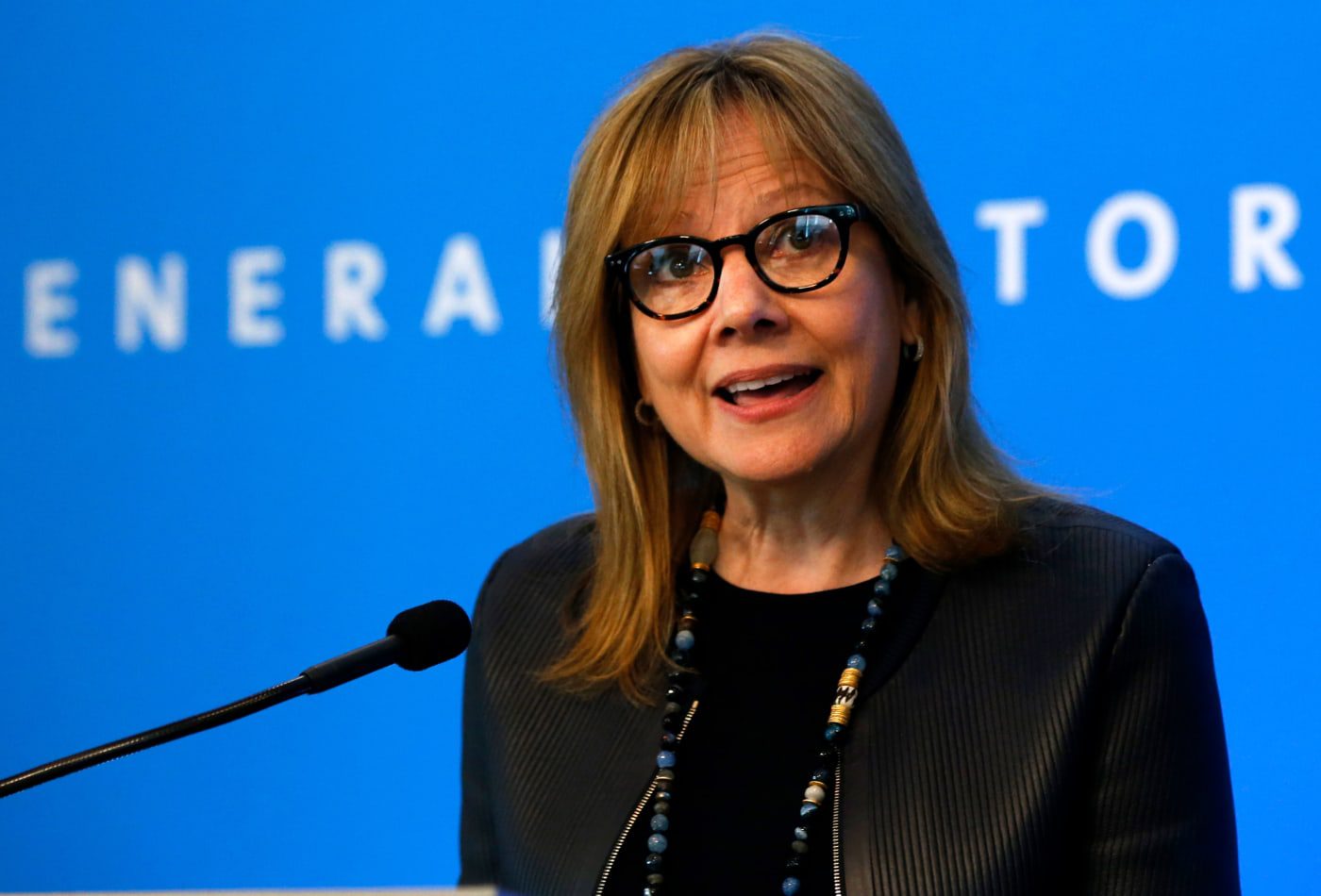In the financial recession in 2008-09, carmakers were on the brink. More than $80 billion USD was provided by the government to bail out the Big Three in Detroit – FCA, General Motors, and Ford. And as the 2020 COVID-19 pandemic dug deep into the economy, it seemed as if the federal government would need to do it all over again.
That does not appear to be the case, however. Unlike last time, the three most prominent carmakers in the nation have entered the dismal second quarter positioned to carry themselves through the trouble.
How General Motors Looks
In 2008, both General Motors and their captive lending arm GMAC were bailed out for over $68 billion combined. Then-CEO Rick Wagoner was forced out and reorganization began. In 2014, Mary Barra became CEO and set the new course for General Motors to financial viability.


Fiat Chrysler’s Position
Smaller than Ford and General Motors, Fiat Chrysler might seem like the small fish in the big pond that won’t make it through the storm. In 2009, Chrysler required $12.5 billion in bailout money and was subsequently forced to merge with Italian carmaker Fiat. But today, it’s a different scenario. FCA may not have the breadth of the other two Detroit carmakers, but it is secure.
Fiat Chrysler ended the first quarter with just over $20 billion in liquid assets and secured an additional $3.8 billion in emergency credit facility, should it be necessary. What might be FCA’s most steadfast trait is that they haven’t established a captive finance arm, so losses due to loans in default will not be an issue.
How Ford Has Prepared
Ford was the only one of the Big Three that didn’t require major restructuring and tens of billions in bailout money in 2009. However, they were anything but healthy back then with outrageous debt. That debt is now paid down and Ford is set to weather a storm for quite some time. Stephen Brown, senior director at Fitch Ratings, said that Ford “entered this downturn in a significantly stronger financial position, I mean a much stronger financial position, than what we saw going into the last downturn.”

Ford has burned through less than half of the cash that Fiat Chrysler did in Q1 2020 at $2.2 billion. Ford’s liquidity was extremely strong at the end of April with $35 billion available. Even with steeper spending required in the second quarter, Ford is positioned to carry through the year without serious concerns.
Why Dealers Care
The financial positions of the Big Three are signals for the overall health of the industry. While dealerships closed by the hundreds in 2009 and subsequent years under restructuring, the same does not appear to be a concern in this recovery period.
Not only are carmakers healthy going into the lean post-pandemic selling season, but customer sentiment has been improving throughout the past few weeks. Rather than waiting for bailout money or major price slashing from carmakers, federal stimulus may be all that’s needed to get car sales back on track, relatively speaking.
Did you enjoy this article from Jason Unrau? Read other articles from him here.
Car Biz Today, the official resource of the retail automotive industry.


While you’re here, don’t forget to subscribe to our email newsletter for all the latest auto industry news from CBT News.








